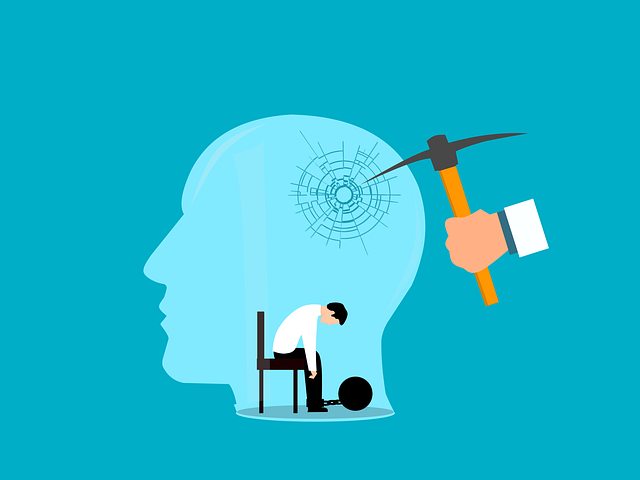Breath Alcohol Testing (BAL) plays a critical role in DUI defense strategies for individuals with disabilities, requiring specialized equipment and techniques to account for potential disabilities-related impacts on standard testing. Ensuring accurate BAL test results is paramount, as errors or biases could jeopardize the rights of defendants facing DUI charges. Legal professionals must employ strategic tactics, including demanding precise equipment and ideal storage conditions, investigating alternative testing methods, and considering accommodations for sensory or motor impairments, to support clients with unique circumstances effectively.
In the realm of DUI defense, especially for individuals with disabilities, Bal (Breath Alcohol) testing plays a pivotal role. This article delves into the intricacies of BAL testing, highlighting its significance as a vital component in crafting robust DUI defense strategies tailored to meet the unique needs of this demographic. We explore ensuring accurate results through advanced strategies and considerations, ultimately strengthening legal defenses for those facing charges.
- Understanding BAL Testing: A Vital Component in DUI Defense for Individuals with Disabilities
- Ensuring Accurate Results: Strategies and Considerations for a Strong DUI Defense Strategy
Understanding BAL Testing: A Vital Component in DUI Defense for Individuals with Disabilities

BAL testing, or Breath Alcohol Testing, plays a crucial role in the DUI defense strategy for individuals with disabilities. This process measures the amount of alcohol in a person’s breath, offering critical evidence in legal proceedings related to driving under the influence. For people with disabilities, it’s essential to understand that BAL testing can be tailored to their specific needs. Some disabilities may impact standard testing procedures, but specialized equipment and techniques are available to ensure accurate results.
In DUI defense cases involving individuals with disabilities, a thorough understanding of these adaptations is vital. It allows for effective challenging of potential errors or biases in the testing process, ensuring that the rights of these defendants are protected. Accurate BAL test results are paramount, as they can make or break a case, especially when dealing with sensitive legal matters like DUI charges.
Ensuring Accurate Results: Strategies and Considerations for a Strong DUI Defense Strategy

Ensuring accurate results in BAL (Breath Alcohol Level) testing is paramount for anyone facing DUI (Driving Under the Influence) charges, but it’s especially critical for individuals with disabilities who may have unique circumstances affecting test outcomes. To mount a strong DUI defense, legal professionals must consider several strategies. First, they should demand precise and well-maintained equipment to minimize potential sources of error. This includes regular calibration checks and proper storage conditions for the devices used.
Additionally, attorneys should explore alternative testing methods if there’s reasonable doubt about the accuracy of BAL results. This might involve seeking independent expert opinions or investigating any history of reliability issues with the specific testing facility or device. For individuals with disabilities, accommodations may be necessary to ensure fairness—for example, ensuring proper positioning and accessibility during testing procedures, taking into account potential sensory or motor impairments that could affect sample collection.
Accurate results from BAL testing are paramount for crafting a robust DUI defense strategy for individuals with disabilities. By understanding the intricacies of BAL testing and implementing effective strategies, legal professionals can ensure their clients receive fair treatment. This includes meticulous sample handling, utilizing reliable equipment, and staying informed about scientific developments to counter potential challenges. Ultimately, prioritizing accurate results strengthens the DUI defense, upholding justice while considering the unique needs of those with disabilities.






